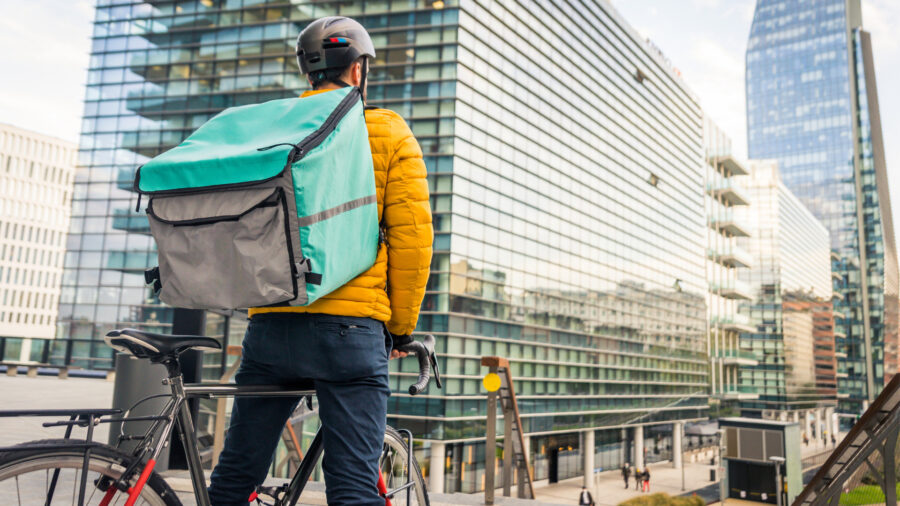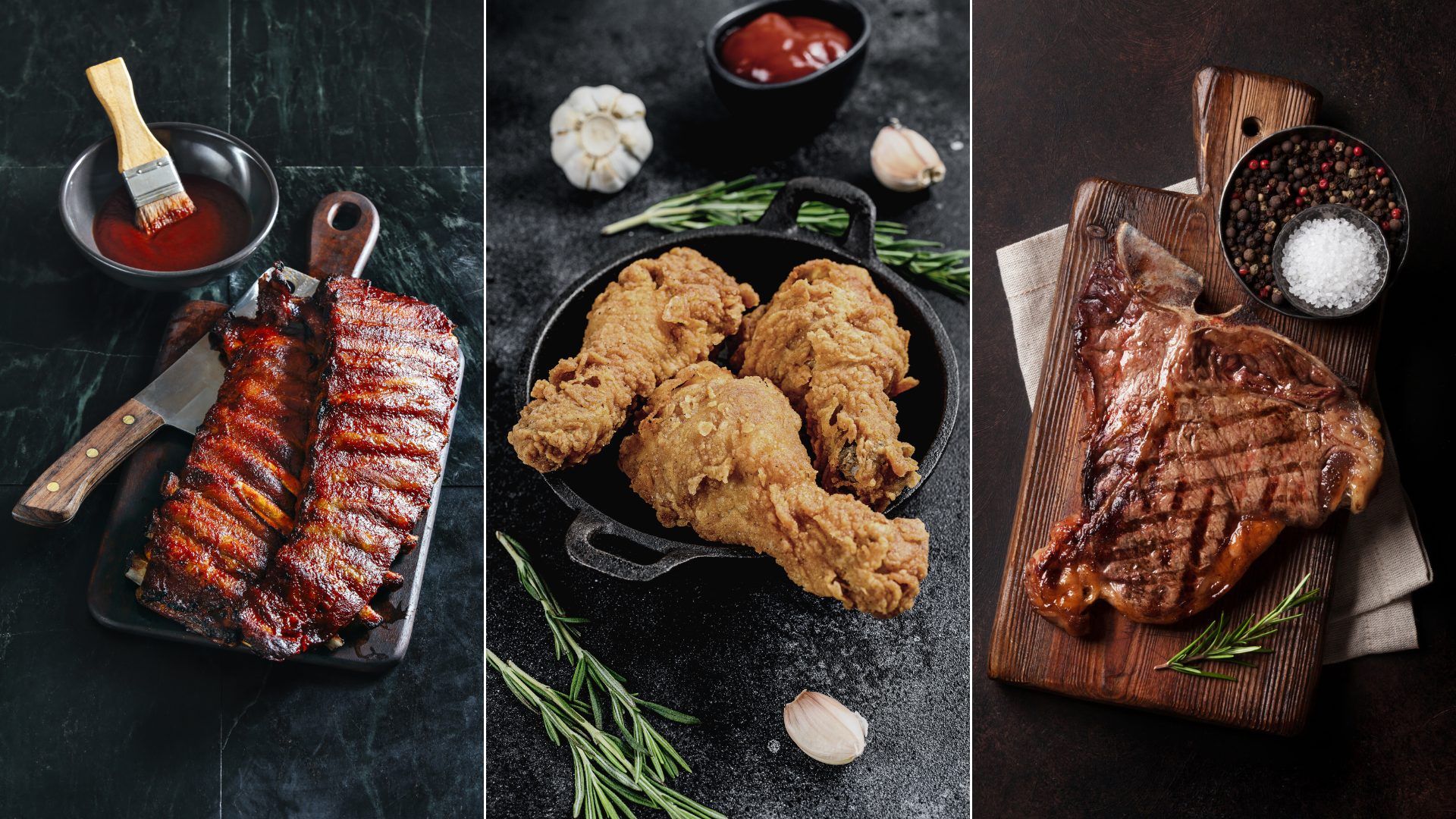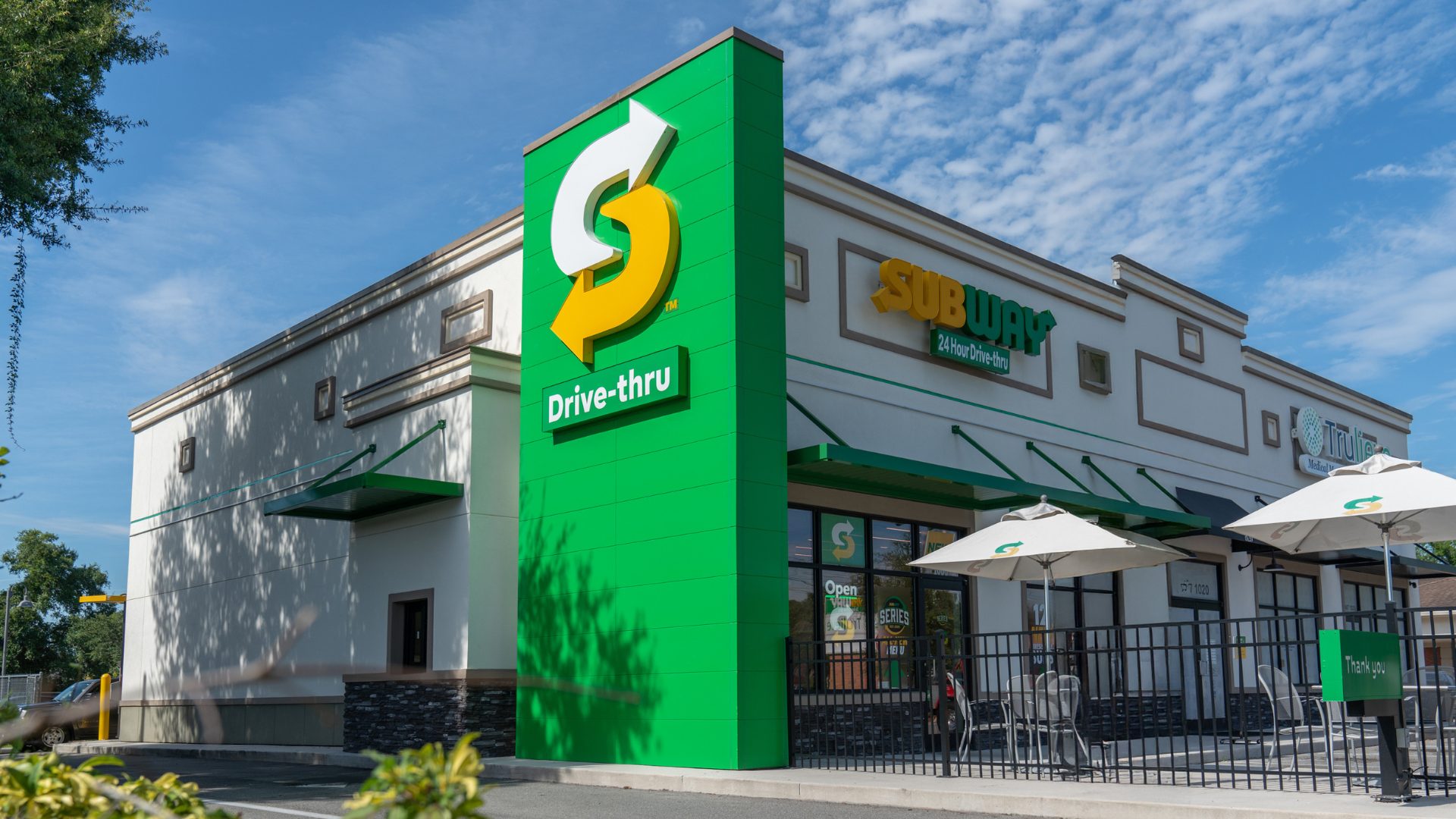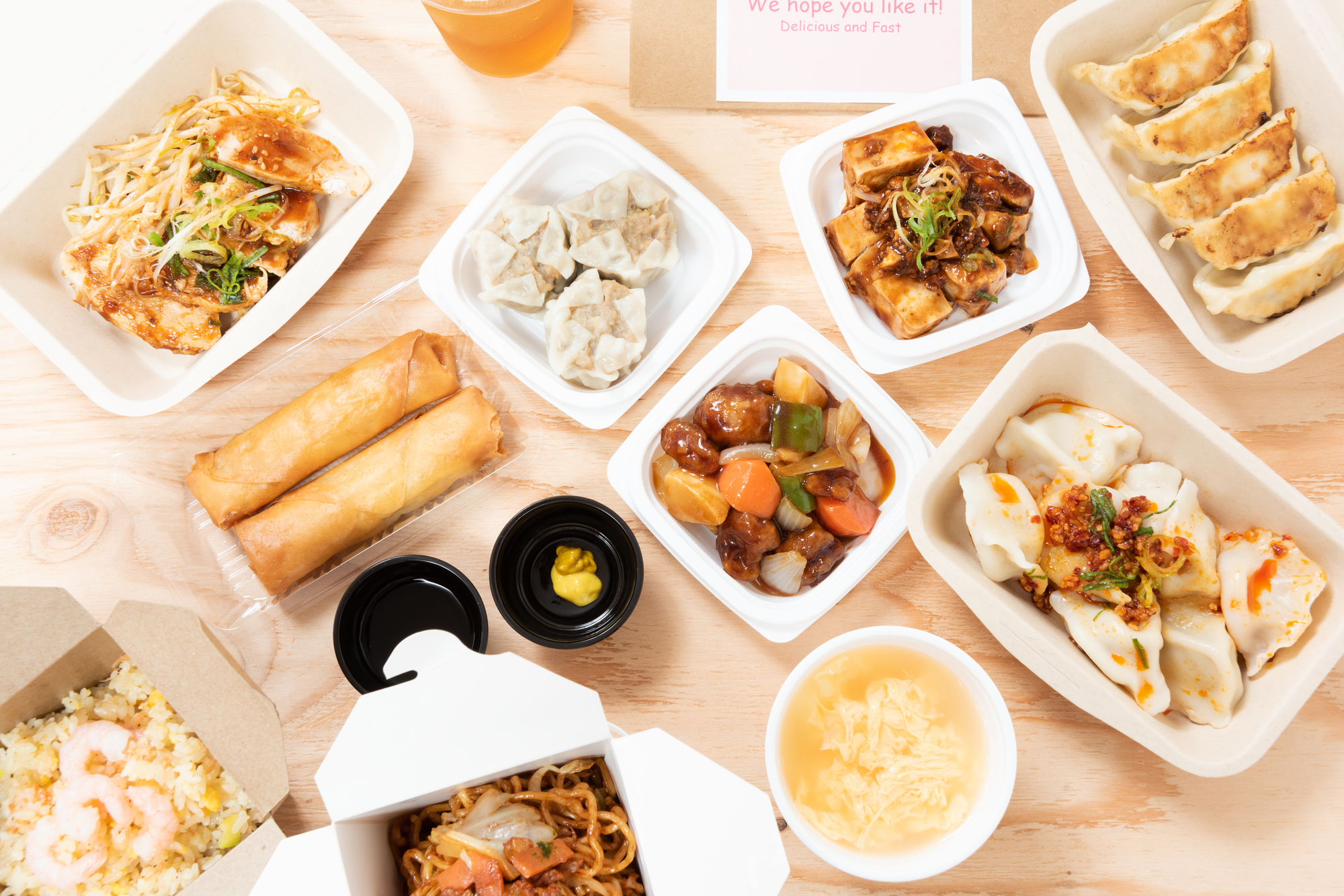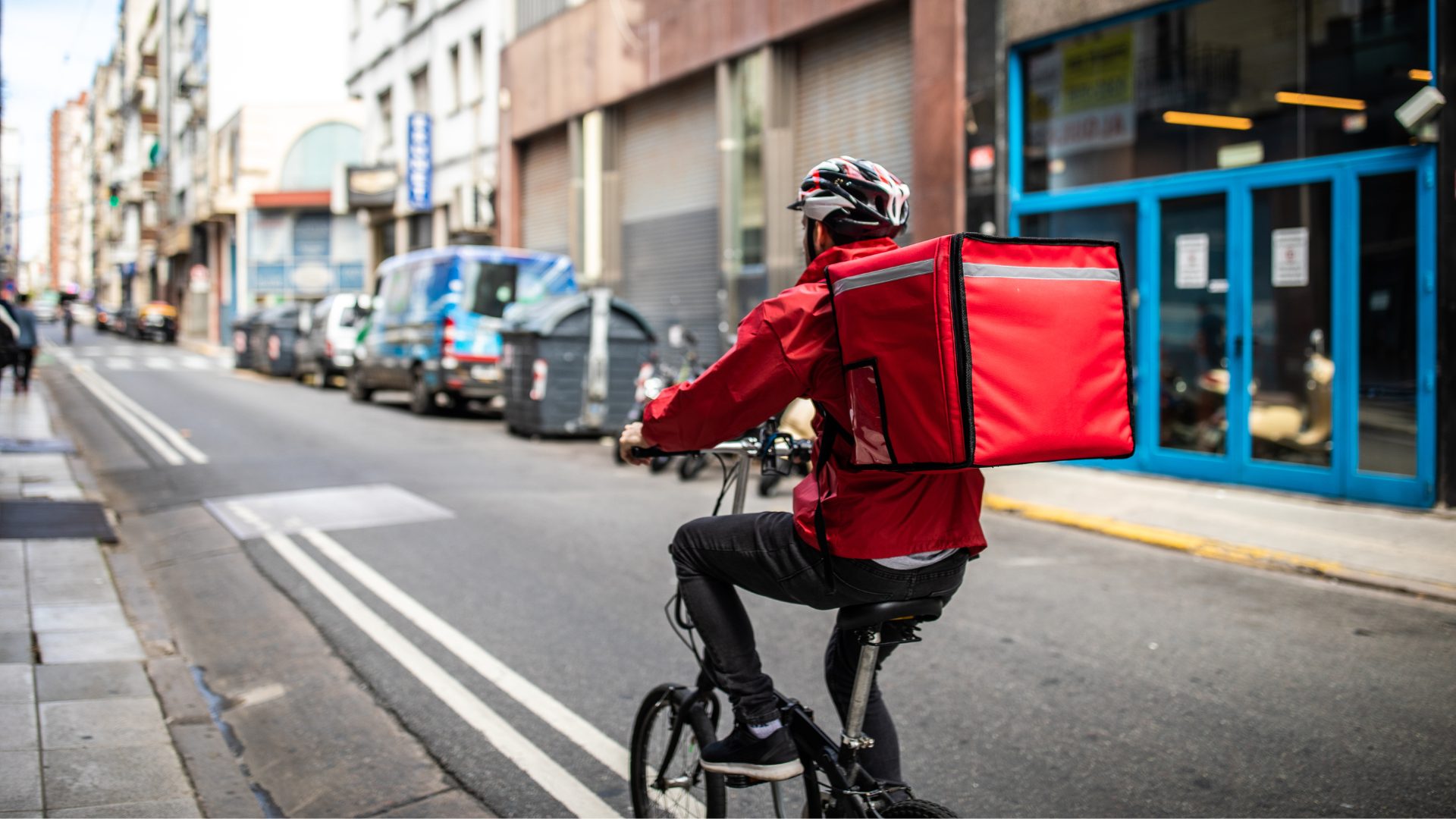Is the relationship between third-party delivery companies and restaurants starting to fray?
A Grubhub promotion offering free lunch to all New York City customers on Tuesday turned into chaos for both restaurants and customers.
The app was offering $15 off any order made in the New York City area between 11am and 2pm. Grubhub said that 6,000 orders were placed per minute, causing the platform to crash, leaving restaurants overwhelmed and many customers without lunch, reported The Guardian (May 18).
A spokesperson for Grubhub claimed that the company “gave advance notice to all restaurants in our network,” but many restaurants say they were not made aware until the day it happened, including restaurant Harlem Public, which wrote in an Instagram story:
“If you ordered from free Grubhub lunch day, sorry for the delay. We didn’t know this was happening and couldn’t adjust ETA. Delivery drivers are riding all over the city and are hard to find. Sorry.”
What Grubhub’s free lunch campaign actually looks like pic.twitter.com/Jfw4u2dRvi
— Amelia Pollard (@ameliajpollard) May 17, 2022
Megan Benson, a worker at a fast casual chicken restaurant in Brooklyn, told The Guardian that the flood of lunch orders created shortages that spilled over into dinnertime, turning the kitchen into a “war zone.”
This event leaves one to wonder if Grubhub’s relationship with its New York City restaurants can be mended.
THE PROBLEMATIC APP/RESTAURANT RELATIONSHIP
The Grubhub mishap is just the latest wrinkle in the ongoing discord between restaurants and third-party apps.
Last year, Grubhub and DoorDash found themselves in hot water when accusations were made that they were harming restaurants and customers through exorbitant fees and other deceptive practices.
“What happened in NYC has little to do with driving business for restaurants and more to do with trying to keep GrubHub afloat,” Bob Vergidis, founder and chief visionary officer of pointofsale.cloud, told The Food Institute. “It shows that, when push comes to shove, third-party delivery services will put themselves ahead of the restaurants they serve.”
With Grubhub losing market share to other apps, Vergidis noted that the company is using “risky tactics that are not to the benefit of the restaurants.”
“Grubhub is trying to lure clients back to its platform at the expense of restaurant operators,” he said. “Grubhub took a page out of the Groupon playbook and offered deals that completely overwhelmed restaurants. That’s very damaging to the restaurant’s brand which have a limited capacity to manage demand surges.”
STRATEGIES MOVING FORWARD
Vergidis recommends restaurants bring technology in-house and find ways to stand on their own.
At the same time, third-party apps – including Grubhub – are already trying their hand at ghost kitchen-style restaurants.
“Third-party delivery platforms are launching their own virtual brands; it’s a logical next step since they own all the data,” Scott Absher, CEO of ShiftPixy told The Food Institute. “The models are still being tested since most of the concepts still rely on their restaurant clients to produce the meals. The challenge is to remain balanced when promoting their own virtual brands vs. the independent restaurants on the platform.”
With that, results haven’t been spectacular. One of the reasons for the disconnect could be the fact that third-party delivery aggregators have little, if any, foodservice business acumen, according to Northcoast Research analyst Jim Sanderson.
“They’re probably realizing that it’s hard to run a restaurant all by yourself and make it work profitably,” said Sanderson in an interview with The Food Institute before the Grubhub’s lunch debacle.
Sanderson noted that, while the future remained unclear, he expects a blend of partnerships and self-owned virtual brands to emerge in the coming years.


